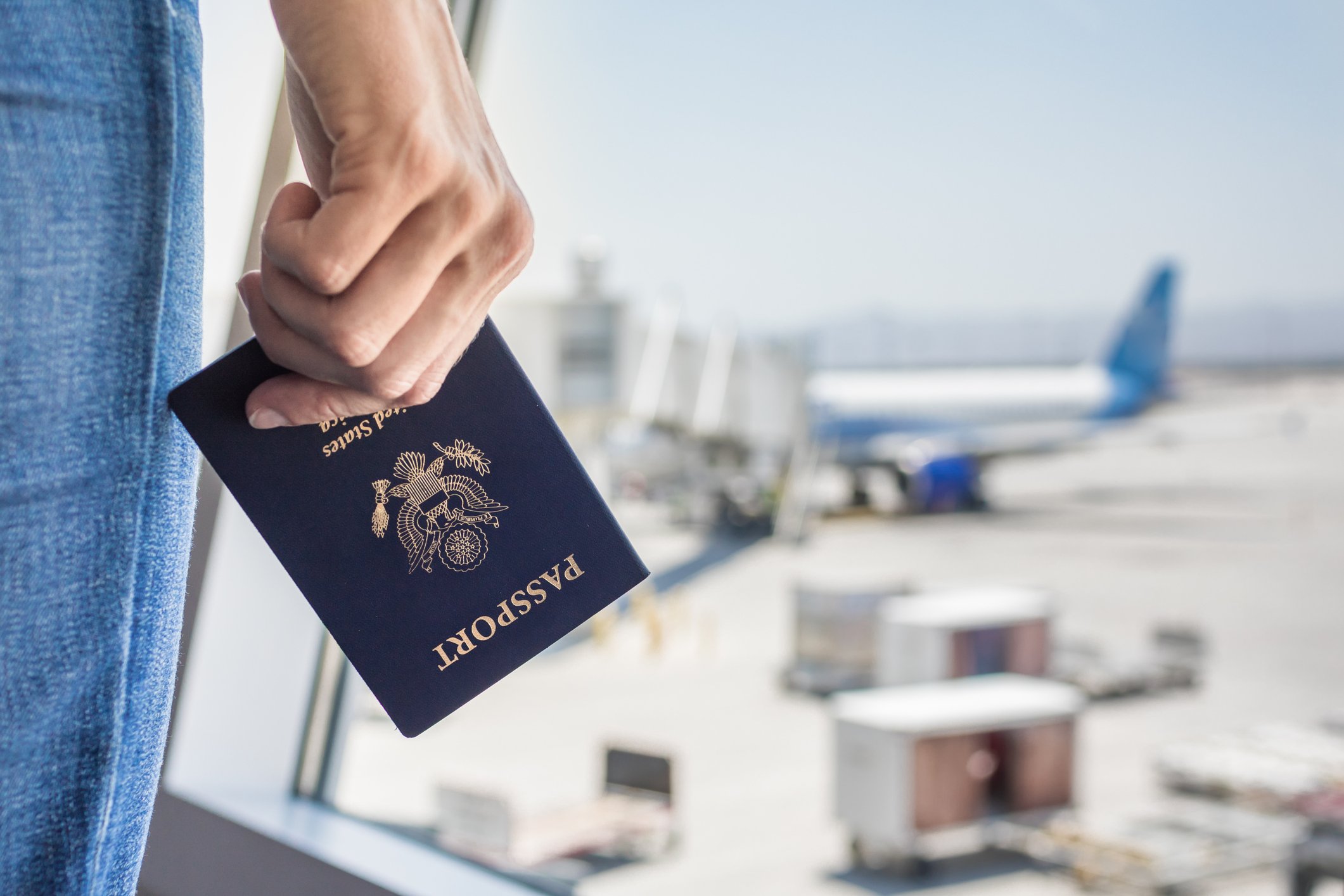Traveling can be an exciting adventure, but sometimes unforeseen circumstances arise, such as losing your passport. This can be a distressing situation, but with the right knowledge and preparation, you can navigate the process smoothly. In this guide, we will provide you with essential steps to follow if you find yourself in the unfortunate situation of misplacing your passport while traveling abroad.
1. Stay Calm and Assess the Situation
The initial step is to remain calm and assess the situation. Panicking will only make the situation more stressful. Take a deep breath and think clearly about your next steps.
2. Report the Loss
Once you have registered your calmness, proceed to report your lost passport. Contact the local police station or the nearest embassy or consulate. They will guide you through the further necessary actions.
3. Gather Essential Documents
Before you head to the embassy or consulate, gather all necessary documents that will assist in the passport replacement process. These may include your birth certificate, driver’s license, ID cards, and any previous passport photocopies. Make sure to have these documents ready and readily available.
4. Make a Police Report
If your passport was stolen or you suspect foul play, making a police report is essential. Provide all relevant details to the police, including the location and circumstances of the loss. The report will be vital for any potential investigation or insurance claims.
5. Contact Your Home Country Embassy or Consulate
Get in touch with the embassy or consulate of your home country as soon as possible. They will provide you with appropriate guidance on the steps to take for obtaining a new passport. Inform them about the situation and schedule an appointment if needed.
6. Complete an Application for a New Passport
When visiting the embassy or consulate, you will need to complete an application for a new passport. The form will require your personal information, including your full name, date of birth, and contact details. Double-check all the provided information for accuracy.
7. Passport Photos
Be prepared to submit new passport-sized photos along with your application form. These photos must meet the specific requirements outlined by your country’s embassy or consulate. Having extra photos on hand can speed up the process if needed.
8. Pay the Required Fees
Passport replacement often involves payment of certain fees. These fees can vary depending on your home country and the urgency of your situation. Make sure to have the necessary funds available to cover these costs.
9. Travel Document
While waiting for your new passport, you may need a travel document that allows you to return home or continue your journey. Collect all necessary documents from the embassy or consulate, such as an emergency travel certificate or a temporary passport.
10. Inform Your Travel Provider
If you had planned to continue your travels, inform your travel provider about the situation. Airlines, trains, or other transportation services may require a valid identification document or passport. They will guide you on the necessary steps to proceed with your journey.
11. Stay Safe and Aware
During this process, remain cautious and aware of your belongings. Losing your passport can make you vulnerable to identity theft or other similar crimes. Keep copies of important documents and be vigilant when sharing personal information.
12. Learn from the Experience
Once everything is resolved, take a moment to reflect on the experience. Learn from it and try to identify steps you can take to prevent similar situations in the future. Consider purchasing travel insurance that covers passport loss or theft to have an added layer of protection.
Conclusion
Losing your passport while abroad can be stressful, but by following this ultimate guide, you can navigate the situation smoothly. Remember to stay calm, report the loss, gather essential documents, contact your embassy, and complete the necessary paperwork. Throughout the process, prioritize your safety and be cautious. Once everything is resolved, take the time to learn from the experience and make necessary preparations to safeguard your passport on future trips. With these steps in mind, you can turn a challenging situation into a valuable lesson in travel preparedness.

